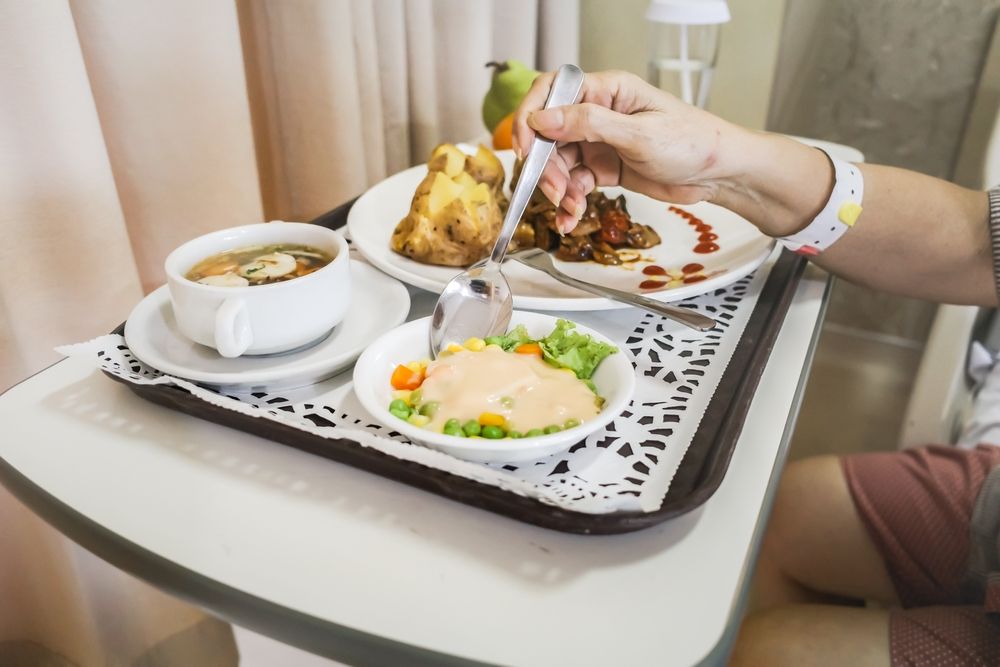Gynecomastia surgery—also known as male breast reduction—is a transformative procedure that helps patients achieve a flatter, more masculine chest. However, surgery alone doesn’t guarantee long-term results. To maintain a sculpted, healthy appearance, adopting a comprehensive fitness and lifestyle plan is crucial. At North Charlotte Plastic & Reconstructive Surgery in Huntersville, NC, patients are often encouraged to view surgery as the beginning of a wellness journey, not the end.
Fitness plays a central role in preserving the surgical outcome. While gynecomastia surgery removes excess glandular tissue or fat, gaining significant weight after the procedure can compromise results. Patients who maintain a consistent exercise routine and healthy body composition are more likely to retain the benefits of the surgery over time.
Recovery First: When to Resume Activity
Before diving into a fitness regimen, understanding your recovery timeline is essential. In the initial weeks after gynecomastia surgery, the body needs time to heal and inflammation must resolve. Most patients are advised to avoid all strenuous upper body activity—including weightlifting and cardio—for at least two weeks post-op. Gentle walking is typically allowed and even encouraged to promote circulation.
By week three or four, light lower-body workouts may be introduced, depending on the surgeon’s assessment. Chest-focused or high-intensity workouts are usually resumed around six weeks post-op. However, each patient heals differently, and North Charlotte Plastic & Reconstructive Surgery emphasizes individualized care plans based on your progress. Pushing too soon can lead to complications or affect the aesthetic results.
Nutrition: The Foundation of Physical Wellness
Maintaining a fit body goes beyond exercise—nutrition is equally essential. A balanced diet rich in protein, fiber, vitamins, and minerals supports both recovery and long-term body composition goals. Post-surgery, patients benefit from anti-inflammatory foods like leafy greens, berries, lean proteins, and omega-3-rich sources such as salmon or walnuts. These support healing and reduce oxidative stress on healing tissues.
In the long term, adopting a sustainable dietary approach prevents weight gain and helps optimize physical appearance. Processed foods, excess sugar, and alcohol should be minimized, as these contribute to fat accumulation and hormone imbalance—factors that may have contributed to gynecomastia in the first place. Staying hydrated is also key, as proper fluid intake supports metabolism and energy levels for workouts.
Reintroducing Exercise: Building a Smart Routine
Once cleared by your surgeon, it’s time to reintroduce exercise with purpose and strategy. Strength training is vital for reshaping the body and promoting muscle definition, particularly in the chest, back, and core. However, the initial focus should be on full-body conditioning before isolating specific areas. Starting with bodyweight exercises such as pushups, squats, and planks can help rebuild endurance safely.
Cardiovascular workouts are important for heart health and fat control, but overdoing cardio without strength training may lead to muscle loss. A balanced weekly routine might include resistance training three to four times a week, moderate cardio two to three times, and flexibility or recovery sessions in between. The team at North Charlotte Plastic & Reconstructive Surgery often reminds patients that consistency, not intensity, builds long-term success.
Hormonal Health and Its Impact on Fitness
Gynecomastia can be partially driven by hormonal imbalances—specifically, elevated estrogen levels or reduced testosterone. While surgery removes the physical manifestation of this imbalance, patients should continue monitoring hormonal health through routine medical checkups. A fit body is influenced not just by exercise but by the body’s internal environment.
Natural strategies to support hormonal balance include adequate sleep, managing stress, and limiting exposure to environmental endocrine disruptors. High-intensity resistance training has also been linked to improved testosterone production. Patients experiencing unexplained fatigue, mood swings, or weight gain after surgery should consult a physician for further hormonal evaluation.
Preventing Fat Reaccumulation: Lifestyle Overhaul
To maintain a lean chest and overall body tone, lifestyle habits must evolve post-surgery. This involves more than just going to the gym. It includes daily movement, such as walking, stretching, or cycling, especially if you have a sedentary job. Getting sufficient sleep—at least seven hours a night—is another often overlooked factor in fat regulation and muscle repair.
Avoiding recreational drug use, excessive alcohol, or anabolic steroids is also crucial. These substances can contribute to hormonal shifts that may recreate the conditions that led to gynecomastia. The providers at North Charlotte Plastic & Reconstructive Surgery emphasize that staying vigilant about your habits helps protect both your surgical results and your general health.
Tracking Progress Without Obsession
While it’s helpful to monitor weight and measurements, success shouldn’t be defined by a number on the scale. Many patients benefit from keeping track of progress through photographs, energy levels, and strength benchmarks. Apps or fitness journals can serve as motivational tools and help maintain accountability.
It’s also important to avoid comparing your progress to others—your body, metabolism, and recovery speed are unique. Instead, focus on consistency, form, and overall well-being. Celebrating small wins, like increased endurance or better posture, creates a positive mindset around fitness.
Setting Realistic Long-Term Goals
Setting goals gives structure to your fitness plan and provides motivation. However, goals should be realistic, measurable, and tied to health rather than aesthetics alone. For example, aiming to perform 20 pushups, run a 5K, or improve your body fat percentage by 2–3% are all attainable objectives that also support surgical outcomes.
It’s also helpful to plan for periodic assessments. Every three to six months, evaluate your progress and adjust your workouts or nutrition accordingly. Working with a personal trainer or registered dietitian may help keep you on track and avoid plateaus. At North Charlotte Plastic & Reconstructive Surgery, many patients are encouraged to see this phase not as post-op maintenance but as an opportunity to improve their overall wellness.
Mental Wellness: Confidence from the Inside Out
Gynecomastia surgery often brings a renewed sense of confidence, especially in social or physical settings. However, maintaining a positive self-image is a lifelong process. Aesthetic changes may lead to increased self-esteem, but true wellness includes mental and emotional stability.
Engaging in mindfulness practices, counseling, or support groups can help navigate the emotional transition that often follows cosmetic surgery. Some patients experience body dysmorphia or unrealistic expectations post-procedure. Speaking openly about these feelings can prevent long-term dissatisfaction and foster a healthier relationship with your body.
Building a Lifestyle, Not a Short-Term Plan
The most effective fitness strategy after gynecomastia surgery is one that’s sustainable. Fad diets, extreme workouts, or over-restriction are not only unsustainable but may lead to burnout or rebound weight gain. Instead, focus on making small, lasting changes that become second nature. Find activities you enjoy—whether that’s swimming, hiking, dancing, or martial arts—and integrate them into your weekly routine.
Fitness should enhance your life, not dominate it. When approached with balance and self-compassion, it becomes a cornerstone of lifelong health. Patients of North Charlotte Plastic & Reconstructive Surgery who adopt this mindset often experience not just physical transformation, but also a profound sense of personal empowerment.
Sources:
Rios, J. L., et al. (2016). Long-Term Satisfaction and Body Image After Gynecomastia Surgery. Plastic and Reconstructive Surgery.
de Blacam, C., & Donnelly, R. F. (2018). Hormonal and Lifestyle Factors Associated with Gynecomastia. Aesthetic Surgery Journal.
Bocchialini, G., et al. (2020). Exercise and Hormonal Regulation in Male Aesthetic Procedures. Journal of Men’s Health.



